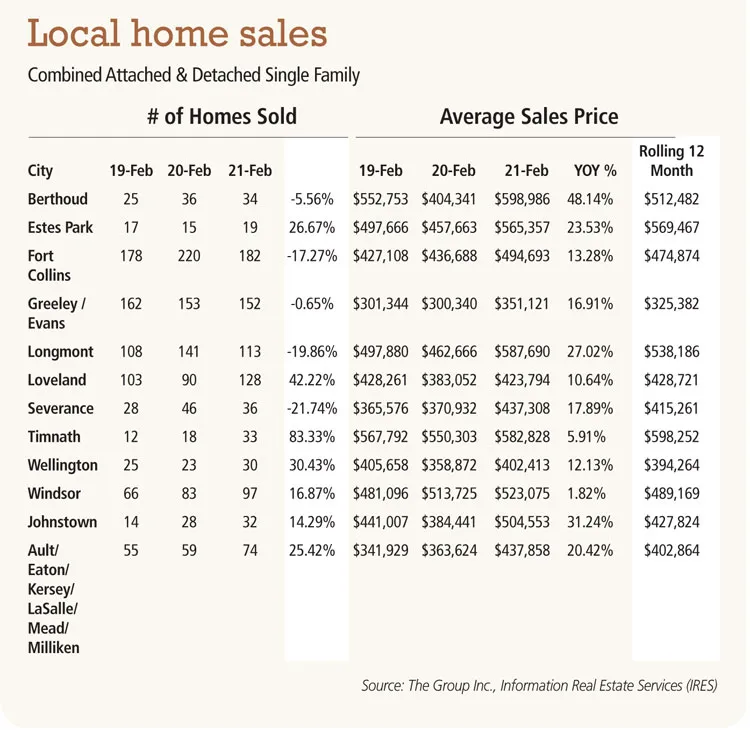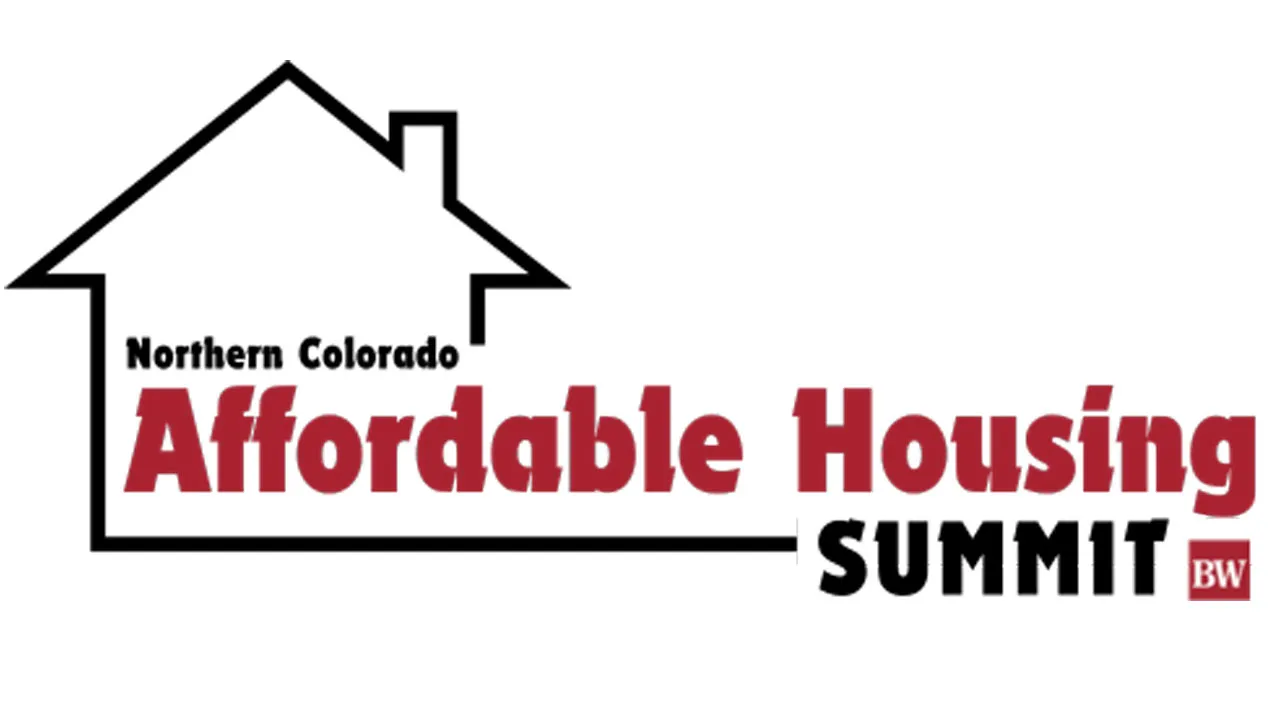Wells: More high-end buyers ‘scrape’ for options

Necessity is the mother of invention. No argument there.
But it seems necessity can also be the mother of housing trends.
For Northern Colorado, we see necessity at work in the trend of razing existing homes in established neighborhoods and building an entirely new, modern — and usually larger — structure in its place.
SPONSORED CONTENT
So-called “scraper” projects have popped up occasionally in these parts over recent years, so their appearance here is not out of blue. But market forces are driving even more high-end homebuyers to invest in 100-year-old neighborhoods instead of looking for homes in newly developed corners of the community.
The rising costs of development, including land, labor, building materials, and water, make it increasingly challenging for developers and builders to roll out new construction neighborhoods. Consequently, there’s a shortage of new housing options on the outskirts, and a necessity to find options elsewhere.
The result? More scrapers are in store, according to Jay Brannen, president and owner of Brannen Design & Construction in Fort Collins. “That’s going to grab hold here a little bit,” Brannen told me recently. “Especially in Fort Collins, where we’ve kind of reached our growth limits, especially in the southern direction.”
Here’s evidence this trend will become more prominent.
Between 2012 and 2017, at least 18 homes were razed and rebuilt in Old Town Fort Collins, according to the city’s Landmark Preservation Commission, which evaluates demolition plans for every home in the city that is more than 50 years old — in order to determine if the property holds historic significance. The pace of raze-and-rebuild picked up in the past two years, with six demolition permits issued in Fort Collins in both 2019 and 2020.
But look for even more in 2021. Through March 19, five older Fort Collins properties — built between 1885 and 1952 — are already under review by the LPC to receive demolition permits.
The bottom line: Leafy streets and walking distance to downtown are priority amenities for many people. If homebuyers can get those amenities while also building the home of their dreams, expect to see more of them try to get a fresh start in an older part of towns throughout Northern Colorado.
Early sales figures show price pressure still climbing
For one of the key issues I mentioned above — tight housing inventory — the pressure on home prices hasn’t subsided. With the first two months of sales data to judge by, it seems the pace of home price growth in 2020 is carrying right into 2021.
In all eight communities that we track in our Group Monthly Market Report, average sales prices in February were up over February 2020 prices. The average price gains ranged from 1.8% in Windsor to 48.1% in Berthoud (although the Berthoud figures were likely influenced by a surge of high-end sales). In fact, Windsor and Timnath were the only sub-markets that didn’t see a double-digit increase in prices. And also noteworthy, sellers in Berthoud received 102.9% of their asking prices on average during February.
Brandon Wells is president of The Group Inc. Real Estate, founded in Fort Collins in 1976 with six locations in Northern Colorado.

Necessity is the mother of invention. No argument there.
But it seems necessity can also be the mother of housing trends.
For Northern Colorado, we see necessity at work in the trend of razing existing homes in established neighborhoods and building an entirely new, modern — and usually larger — structure in its place.
So-called “scraper” projects have popped up occasionally in these parts over recent years, so their appearance here is not out of blue. But market forces are driving even more high-end homebuyers to invest in 100-year-old neighborhoods instead of looking for homes in newly developed corners of the community.
The rising…



